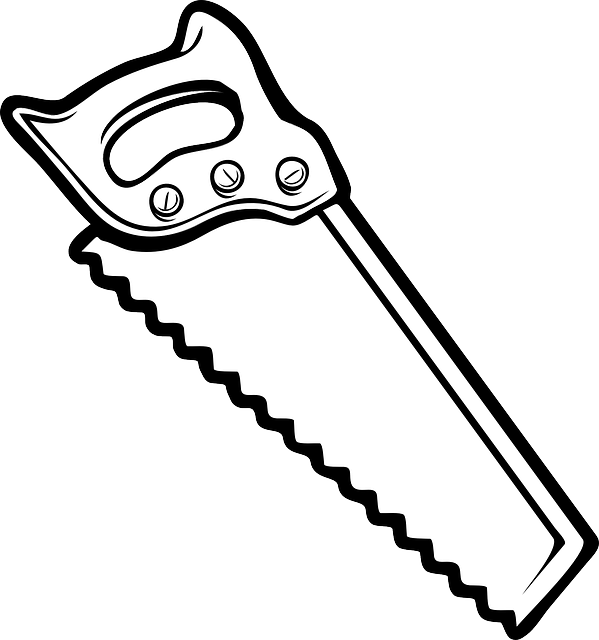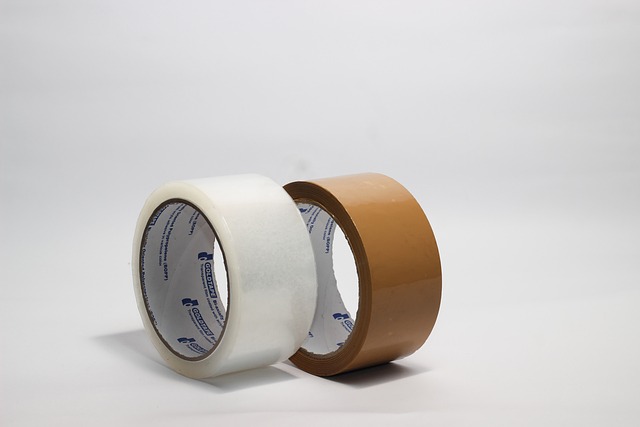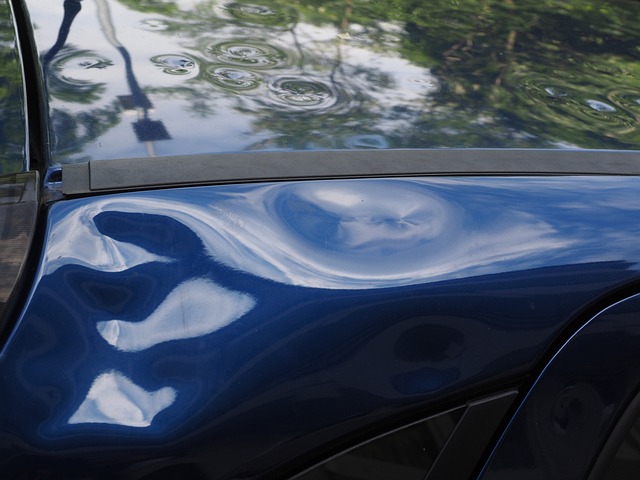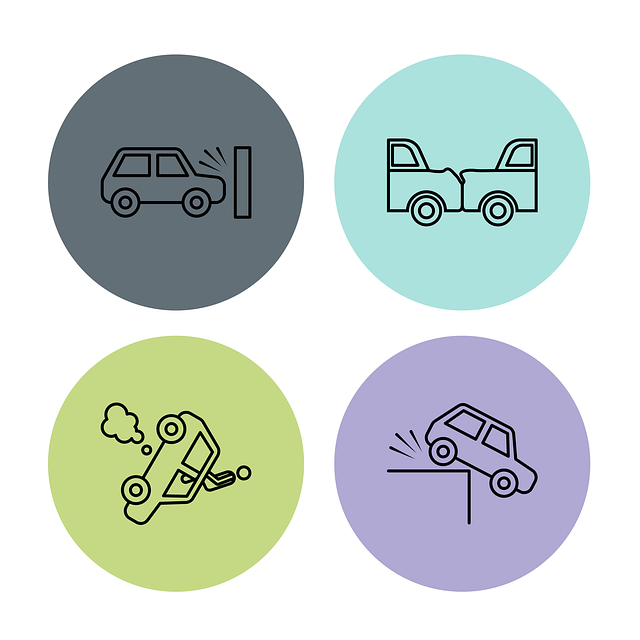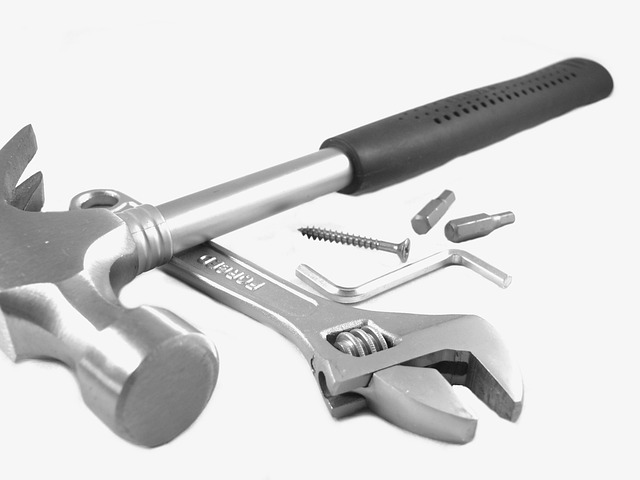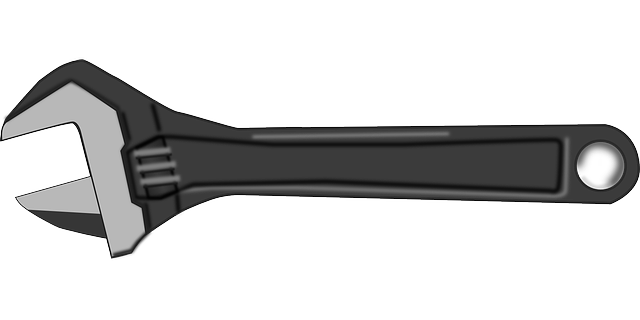Technological advancements are revolutionizing collision repair, driving down costs and enhancing efficiency. Advanced materials like composites, digital technologies such as 3D printing and robotics, automation, and artificial intelligence (AI) are key factors in this transformation. These innovations promise significant reductions in collision repair costs, making auto restoration more sustainable and economically viable for consumers, while also improving the accuracy and minimizing waste associated with the process.
The ever-evolving landscape of collision repair is shaping up with technological advancements, shifting consumer expectations, and global economic factors. This article delves into these key trends influencing the future outlook of collision repair cost trends. From automation and AI’s role in streamlining processes to the emergence of eco-friendly practices, we explore how these dynamics are reshaping the industry. Understanding these factors is crucial for professionals aiming to navigate the complex world of collision repair cost management in the years ahead.
- Technological Advancements and Their Impact on Collision Repair Costs
- – Exploring the role of automation and AI in reducing labor costs
- – The effect of new materials and innovative repair techniques on material expenses
Technological Advancements and Their Impact on Collision Repair Costs

Technological advancements are significantly reshaping the landscape of collision repair, influencing both processes and costs. The advent of advanced materials and techniques in auto collision repair allows for more precise and efficient repairs, reducing labor and material expenses in many cases. For instance, the use of composite materials, such as plastic and fiberglass, can streamline bumper repair, making it faster and less costly than traditional metalworking.
Moreover, digital technologies like 3D printing and robotic systems are being integrated into vehicle restoration processes. These innovations enhance accuracy, minimize waste, and optimize resource utilization, ultimately contributing to a more sustainable and economically viable collision repair industry. As these trends continue to evolve, consumers can expect to see further reductions in collision repair costs, reflecting the positive impact of technological enhancements on the overall efficiency of auto collision repair services.
– Exploring the role of automation and AI in reducing labor costs
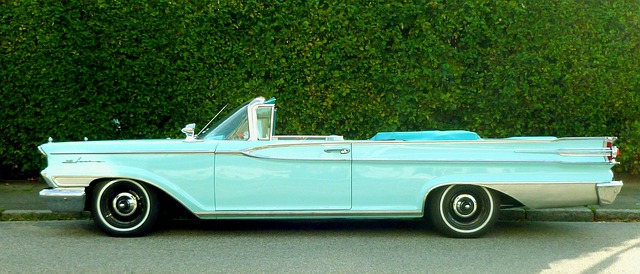
The future of collision repair cost trends is closely intertwined with advancements in automation and artificial intelligence (AI). These technologies are poised to significantly reduce labor costs within the industry, a key driver in shaping overall collision repair expense dynamics. Automation can streamline various aspects of car bodywork and auto body repair processes, from robotic welding and painting to automated parts inventory management. This not only increases efficiency but also reduces human error, leading to more precise and consistent repairs.
AI-powered systems are expected to further optimize these processes by leveraging machine learning algorithms to predict repair times, identify complex damage, and even recommend the most cost-effective repair methods for vehicle paint repair. As these technologies mature, they have the potential to lower labor costs substantially, potentially reducing collision repair prices for consumers while ensuring high-quality auto body repairs are maintained.
– The effect of new materials and innovative repair techniques on material expenses
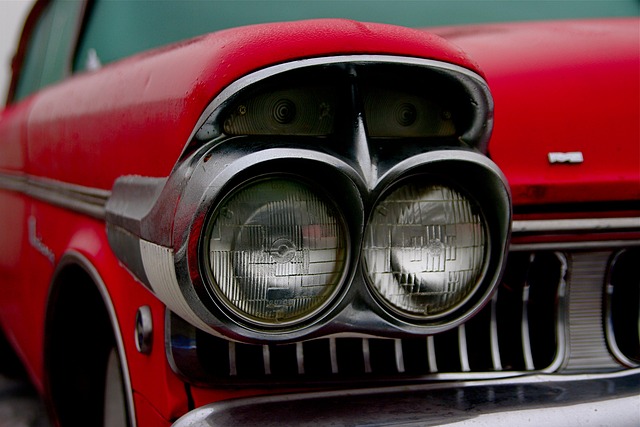
The advent of new materials and innovative repair techniques is significantly reshaping the collision repair cost landscape. Modern vehicles are increasingly equipped with lightweight, high-strength materials like advanced steels, aluminum, and composites. These materials not only enhance safety but also contribute to reduced repair costs over time. The efficiency gains from these materials, combined with innovative repair methods such as spot welding, laser cutting, and 3D printing, allow for more precise and faster repairs. As a result, the overall expense of auto body work, including bumper repair services, is seeing a downward trend despite the initial investment in newer technologies.
Furthermore, these advancements offer long-term benefits beyond immediate cost savings. Newer materials are designed to withstand severe impacts better, reducing the frequency of major structural repairs. This means that while upfront costs for collision repair might be slightly higher due to the adoption of advanced materials and techniques, the ongoing maintenance and repair expenses for car bodywork services can be substantially lower in the long run.
As we look towards the future, the collision repair industry is poised for significant shifts. Technological advancements, particularly in automation and AI, are set to revolutionize the way repairs are carried out, aiming to reduce labor costs and enhance efficiency. Additionally, innovative materials and repair techniques will continue to drive down material expenses, contributing to a more sustainable and cost-effective collision repair landscape. These trends collectively suggest that while collision repair costs may fluctuate, overall, there is a positive trajectory towards lower prices for consumers without compromising on quality or safety standards.
